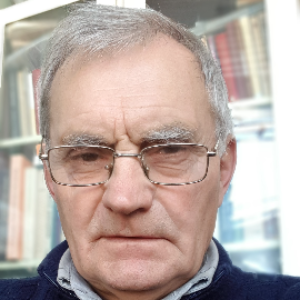Title : Reforming and synthesis of hydrocarbons activated by plasma of gliding discharges in rotating gas flows
Abstract:
A series of original plasma-chemical systems with plasma sources based on rotating gliding discharge and designed for the reforming of hydrocarbons into syngas and synthesis of hydrocarbons will be presented. The principal design of these systems stems from considering the negative effect of chemical processes on plasma nonequilibrium. Experimental studies of syngas production during reforming were combined with the numerical modeling of the chemical reaction kinetics to determine the connections between the temperature of the reaction chamber, reactants injection methods, and hydrogen yield. In addition, the requirements for achieving the maximum hydrogen energy yield and hydrocarbon reforming efficiency were investigated.
Plasma parameters were investigated using optical emission spectroscopy, The composition of reforming products was analyzed by gas chromatography, IR adsorption spectroscopy, and mass spectrometry, products of synthesis were studied using polarimetry and luminescence analysis. BOLSIG+ and ZDPLASKIN codes were used combined with the database of more than 150 components and 1400 process rate constants.
Research has put special emphasis on 1) the study of the possibility of using CO2 as a reactant during the reforming and hydrocarbon synthesis; 2) the differences between the optical activity of the products of the chemical and plasma-chemical synthesis from the reactants without optical activity. In addition, the physical model of the synthesis of optically-active substances using only reactants without optical activity using gas dynamic systems with rotating flows of reactants will be presented.




